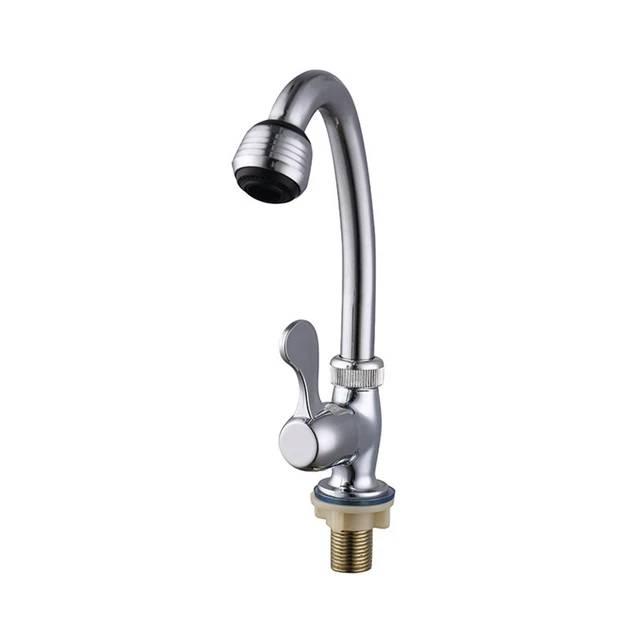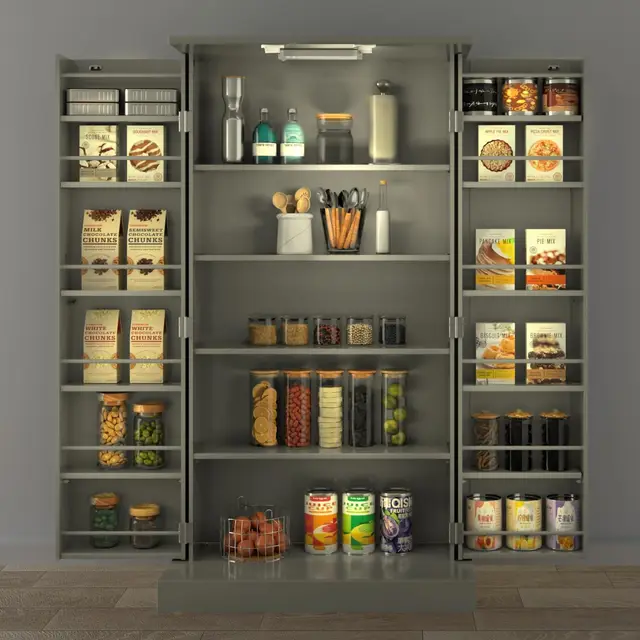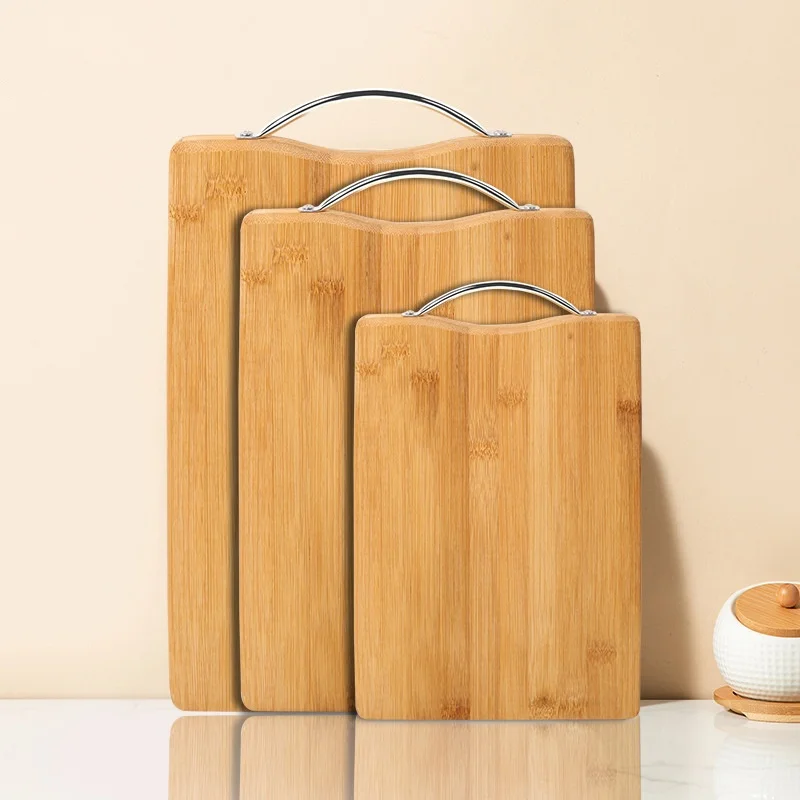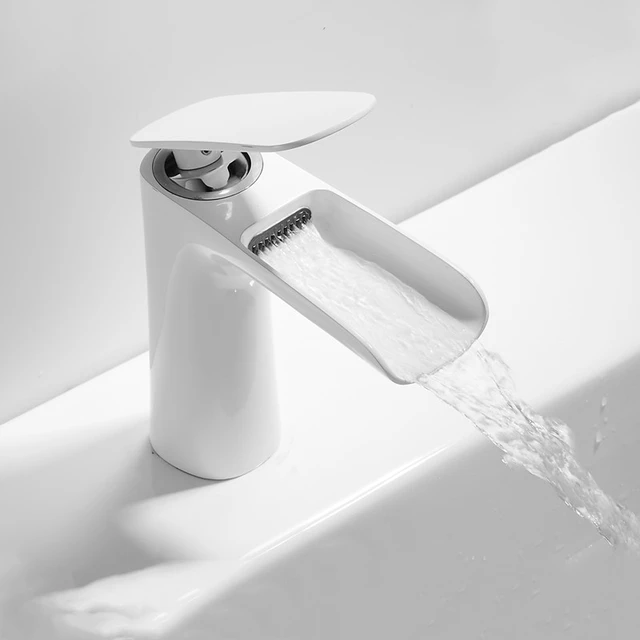 Introduction:
Introduction:
The question of whether to leave faucets open or closed when the water is turned off has been a subject of debate. Some argue that leaving faucets open can prevent pipe damage, while others believe it is unnecessary. In this article, we will explore the pros and cons of leaving faucets open when the water is turned off. By understanding the potential benefits and drawbacks, you can make an informed decision based on your specific circumstances.
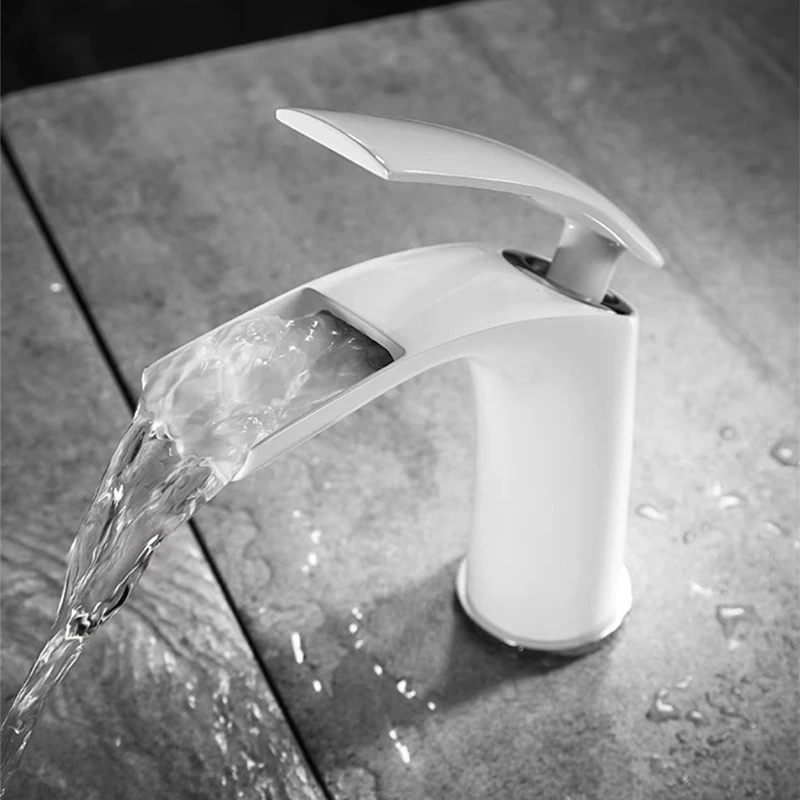 Introduction to Leaving Faucets Open or Closed
Introduction to Leaving Faucets Open or Closed
The decision to leave faucets open or closed when the water is turned off depends on several factors, including climate, weather conditions, and the materials used in your plumbing system.
A. Climate and Freezing Temperatures: Areas with cold climates and freezing temperatures have higher risks of frozen pipes, which can lead to pipe bursts.
B. Material of Pipes: The type of pipes in your plumbing system, such as copper or plastic, can influence their vulnerability to freezing and bursting.
Some common materials and types of faucets:
Faucets, also known as taps or fixtures, come in various materials and types to suit different design preferences and functional needs. Here are some common materials and types of faucets:
Materials:
Brass: Brass faucets are durable, corrosion-resistant, and commonly used in both traditional and contemporary styles. They offer a classic and elegant look.
Stainless Steel: Stainless steel faucets are known for their durability, resistance to corrosion, and easy maintenance. They have a sleek and modern appearance.
Chrome: Chrome-plated faucets are popular due to their affordability, shiny finish, and compatibility with different bathroom or kitchen styles. However, they may require more maintenance to prevent tarnishing or scratching.
Nickel: Nickel faucets offer a stylish and timeless aesthetic while providing durability and corrosion resistance. They are available in brushed, polished, or satin finishes.
Types:
Single Handle: Single-handle faucets have one handle that controls both the water flow and temperature. They are easy to use and maintain, available in various styles and designs.
Double Handle: Double-handle faucets feature separate handles for hot and cold water, allowing for more precise temperature control. They are traditional in style and can add an elegant touch to a bathroom or kitchen.
Wall-Mounted: Wall-mounted faucets are installed directly on the wall instead of the countertop or sink. They save countertop space, provide a sleek look, and are commonly used in modern or minimalist designs.
Pull-down or Pull-out: Pull-down or pull-out faucets have a spray nozzle that can be pulled down or out from the sink. They offer versatility and convenience for tasks such as washing dishes or filling large pots.
Touchless/Sensor: Touchless or sensor faucets use motion sensors to detect hand movements and automatically activate the water flow. They provide convenience, hygiene, and water conservation benefits.
The choice of faucet material and type depends on personal preference, the style and design of the bathroom or kitchen, durability requirements, maintenance considerations, and budget. It is important to select a faucet that aligns with your specific needs and fits your plumbing system.
Leaving Faucets Open
Leaving faucets open can provide some benefits in certain situations.
A. Release of Pressure: Leaving faucets open allows any remaining water in the pipes to gradually release pressure, reducing the risk of pipe bursts.
B. Prevention of Frozen Pipes: Allowing a small amount of water to flow through the faucet can help prevent freezing by maintaining a consistent flow of water.
Cons of Leaving Faucets Open
There are also potential drawbacks to leaving faucets open when the water is turned off.
A. Water Waste: Leaving faucets open results in a continuous flow of water, leading to unnecessary water waste.
B. Increased Utility Costs: Consistently running water can drive up water bills over time, particularly if left open for extended periods.
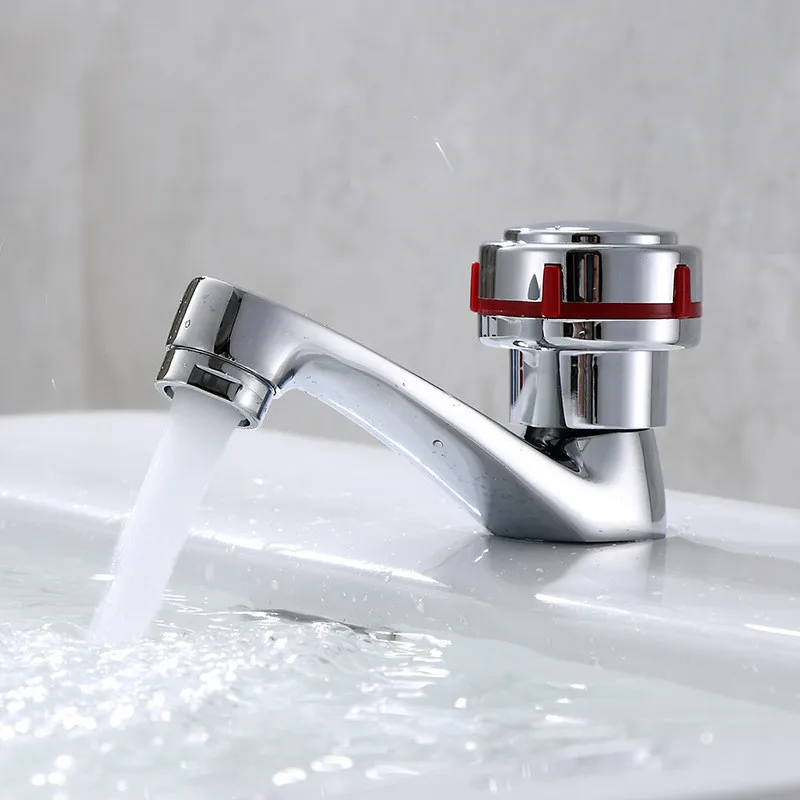 Alternatives to Leaving Faucets Open
Alternatives to Leaving Faucets Open
There are alternative methods to protect pipes from freezing without leaving faucets open.
A. Insulating Pipes: Properly insulating accessible pipes can help retain heat and prevent freezing.
B. Heat Source: Utilizing heat sources, such as space heaters or heat tape, in areas prone to freezing can safeguard the plumbing system.
Assessing Your Situation
When deciding whether to leave faucets open or closed, consider the specific circumstances of your home.
A. Climate Considerations: Evaluate the typical weather conditions and likelihood of freezing temperatures in your area.
B. Pipe System: Assess the materials and construction of your plumbing system and consult with a professional if unsure.
Recommendations
Based on commonly accepted practices, the following recommendations can guide your decision:
A. Drip Faucets: If freezing temperatures are anticipated, consider allowing a slow drip from faucets, as moving water is less likely to freeze.
B. Insulate Exposed Pipes: Insulate exposed pipes with foam sleeves or other insulating materials to provide a barrier against freezing.
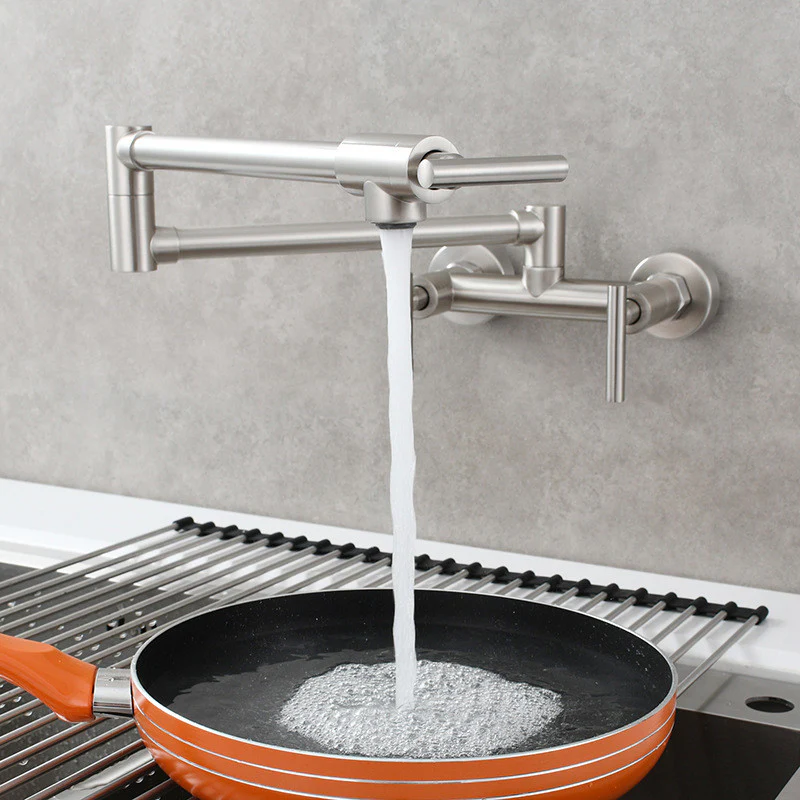 Keep in mind the following precautions and tips:
Keep in mind the following precautions and tips:
When using faucets, it’s important to keep in mind the following precautions and tips:
Proper Handling:
Use the faucet handles and controls with care, without applying excessive force or turning them too tightly. Avoid using tools or excessive pressure to operate the faucet, as it may damage the faucet components.
Hot Water Safety:
Be cautious when using hot water faucets to prevent scalding. Test the water temperature before fully turning on the hot water to avoid accidental burns. Install temperature-controlled devices if necessary, especially in households with children or elderly individuals.
Regular Maintenance:
Maintain your faucets by cleaning them regularly to remove any buildup or debris. Follow the manufacturer’s instructions for cleaning and maintenance procedures specific to your faucet model. This helps prevent clogs, corrosion, and prolongs the lifespan of the faucet.
Avoid Harsh Cleaners:
Be mindful of the cleaning products you use on faucets. Harsh chemicals, abrasive cleaners, or scouring pads can damage the faucet’s finish. Use mild soaps, non-abrasive cleaners, or specific faucet cleaners recommended by the manufacturer.
Fix Leaks Promptly:
If you notice any leaks or dripping from the faucet, address them promptly to prevent water waste and potential damage to the surrounding area. Leaks can be a sign of worn-out parts that may require repair or replacement.
Handle Water Pressure:
Avoid subjecting the faucet to excessive water pressure. High water pressure can strain the faucet’s components, leading to leaks or damage. Consider installing a pressure regulator if the water pressure in your plumbing system is consistently high.
Check for Proper Installation:
Periodically inspect the faucet’s installation, including the connections, mounting, and seals. Loose or improperly installed faucets may cause leaks or stability issues. If any issues are identified, seek professional help for repairs or adjustments.
By following these precautions, you can ensure the efficient and safe use of your faucets while maintaining their longevity and functionality.
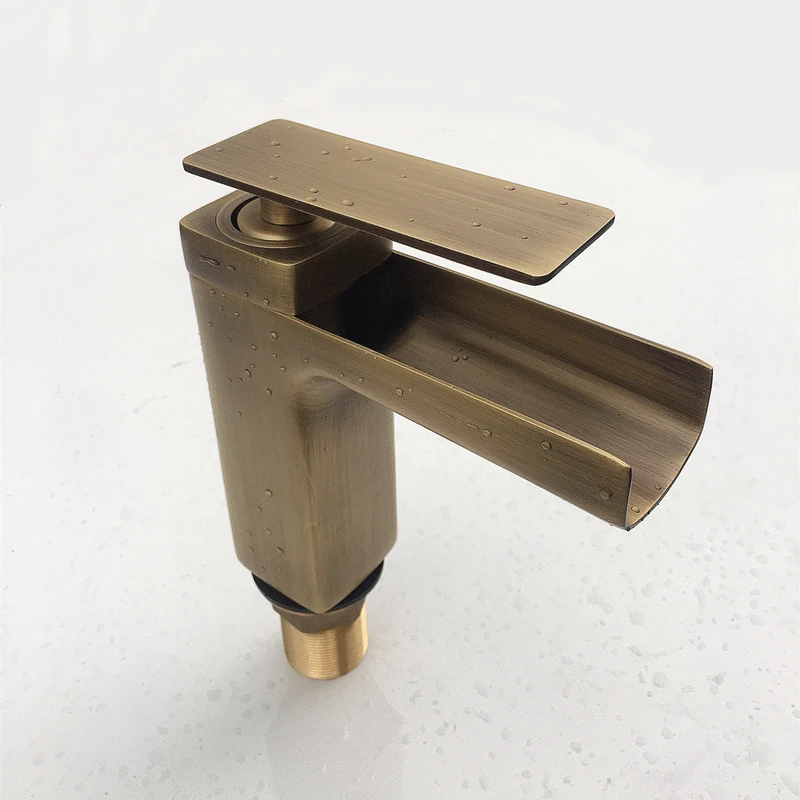 Conclusion
Conclusion
Should you leave faucets open when water is turned off?
Deciding whether to leave faucets open or closed when the water is turned off requires consideration of various factors. While leaving faucets open can release pressure and prevent freezing in certain situations, it also leads to water waste and increased utility costs. By assessing your climate, pipes, drain, and available alternatives, you can make an informed decision to protect your plumbing system from freezing or bursting. Consider seeking guidance from a professional plumber if you are uncertain about the best course of action for your specific situation. Ultimately, the goal is to maintain the integrity of your plumbing system while minimizing water waste and unnecessary costs.
